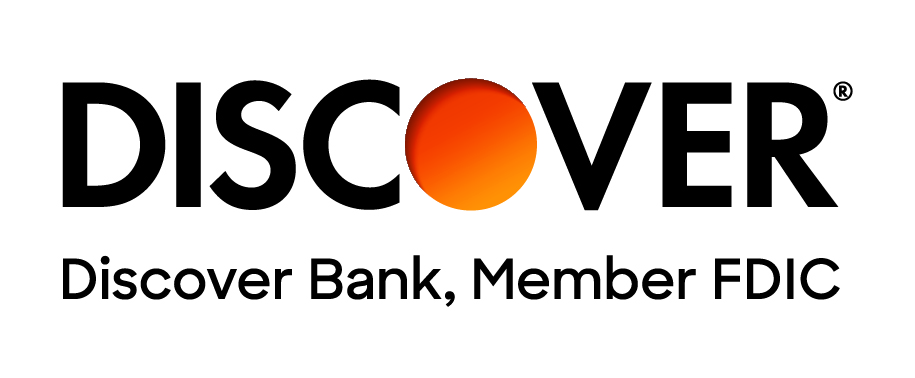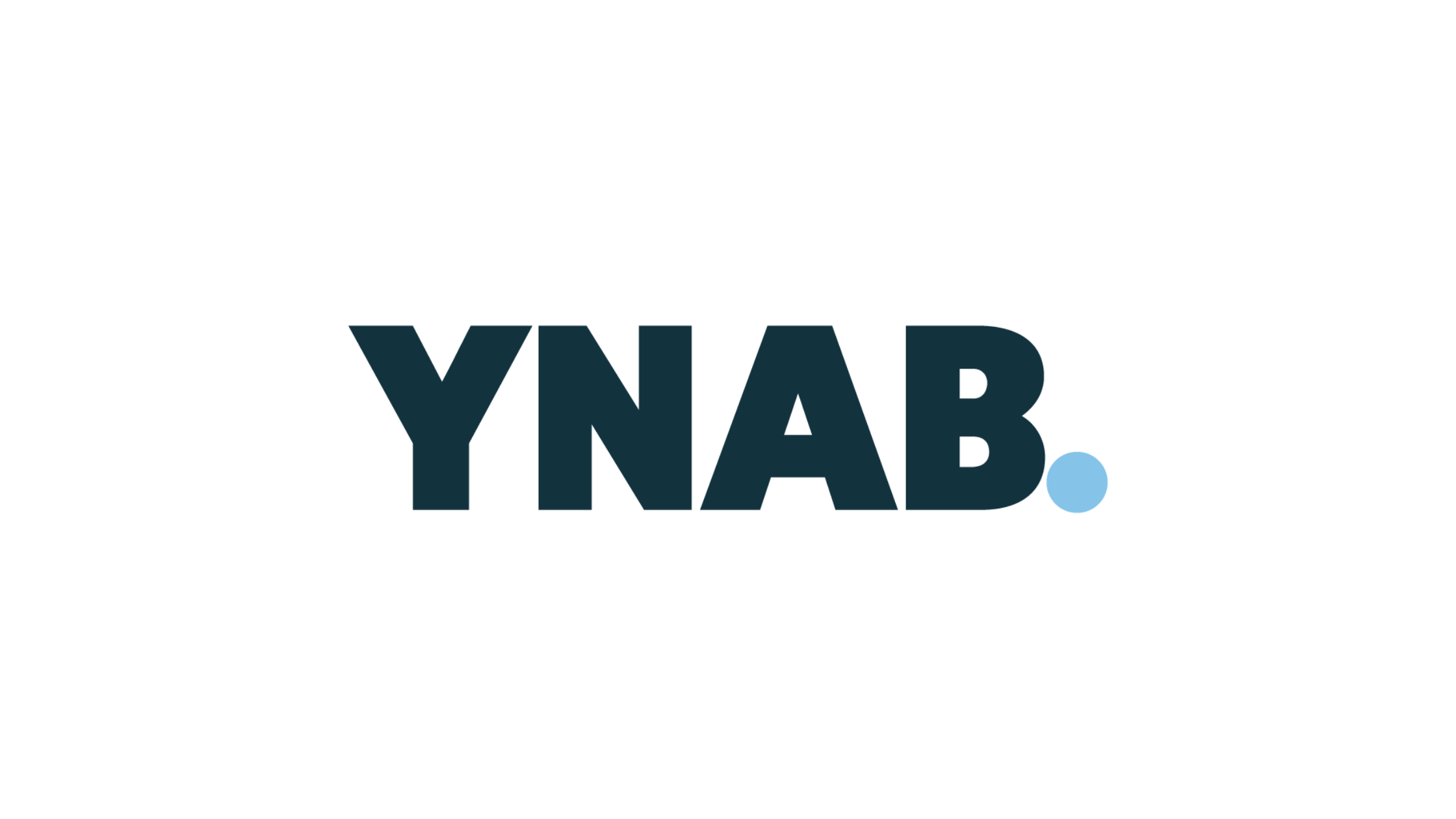Good news for borrowers: the electronic applications for income-driven repayment plans and Direct Loan Consolidation are now available again. While the U.S. Department of Education has confirmed that student loan servicers aren’t processing these applications immediately, they are expected to begin doing so soon.
Income-Driven Repayment Plans
Currently, there are a few Income-Driven Repayment (IDR) plans to choose from: Income-Contingent Repayment (ICR), Pay as You Earn (PAYE), and Income-Based Repayment (IBR). The SAVE Plan has been blocked by legal challenges and is no longer an option. While all these plans determine your monthly payments based on your income rather than your loan balance, each calculates payments in a slightly different way.
Each repayment plan calculates your discretionary income to determine your monthly payment. Among the IDR plans, the SAVE Plan offers the most income protection in its calculation, while the Income-Contingent Repayment (ICR) Plan provides the least. This means that, for the same income and family size, your monthly payment under the ICR Plan will be higher than it would be with the SAVE Plan.
Previously, IDR plans offered more than just reduced monthly payments—they also included the benefit of loan forgiveness. At the end of the repayment term, any remaining balance would be forgiven. However, following the recent ruling on the SAVE Plan, this forgiveness option is no longer available for the ICR, PAYE, and SAVE Plans. Currently, the U.S. Department of Education is placing borrowers who reach the end of their repayment term into forbearance while awaiting further legal decisions.
It's worth noting that the IBR plan remains unaffected by the recent court decision regarding the SAVE Plan. Additionally, the ruling has no impact on the PSLF program.
ED Announcements Impacting Student Loan Repayment
In recent weeks, several significant updates have emerged concerning the U.S. Department of Education (ED) and federal student loans. The department has announced major changes, including widespread layoffs and the transfer of the federal student loan portfolio to the Small Business Administration (SBA). Naturally, these developments have raised questions about how they might affect loan repayment and the rollout of revised versions of the Income-Driven Repayment (IDR) application.
IDR applications are managed by student loan servicers, so submitting the form should not be affected at this time. However, challenges may still occur—particularly in ensuring that applications are processed both accurately and on time.
Recent staff reductions and plans to transfer the portfolio have created confusion over which agency—ED or the SBA—will oversee student loan repayment issues. Both agencies have also faced significant layoffs, which could hinder their ability to adapt to federal student loan repayment requirements, enforce oversight, and they may not have the resources who have a comprehensive understanding of the federal student loan systems.
Currently, legal challenges are anticipated in the effort to transfer the federal student loan portfolio to the SBA. While certain actions may already be underway, no details have been disclosed. Additionally, no formal plan has been shared addressing how the portfolio will be transferred.
Why Were the Applications Pulled Down in the First Place
With the recent ruling on the SAVE Plan, which blocked further repayment under that plan, and blocked forgiveness for ICR, PAYE, and SAVE, the IDR application was pulled for revisions. This made it impossible for borrowers to choose or switch their IDR plan.
When the applications were withdrawn, borrowers grew frustrated by their inability to select a repayment plan that fit their needs. In response, earlier this month, the American Federation of Teachers (AFT) filed a lawsuit against the U.S. Department of Education over the removal of these plans. Many teachers rely on income-driven repayment (IDR) plans to progress toward PSLF.
Action You Can Take Now
If you want to change your repayment plan or enroll in an IDR plan, you can complete the electronic application now. As of the publishing, the paper IDR form is not available. While we don’t have a confirmed timeline for when applications will be processed, submitting yours early ensures it’s in line for processing.
Borrowers currently enrolled in the SAVE Plan remain in interest-free forbearance. These borrowers should prepare to transition to a different repayment plan, such as an IDR plan, or explore other options like the Standard, Graduated, or Extended repayment plans.
If you're considering consolidating your student loans, you can apply online for a Direct Loan Consolidation today. This option allows you to combine your federal student loans into a single loan, simplifying debt management and potentially qualifying you for specific repayment programs. However, if you only have Direct Loans, consolidation may not always be necessary. One example where it could be beneficial is if you have a Parent PLUS Loan and want to repay under an Income-Driven Repayment (IDR) plan. By consolidating, you could become eligible to repay the new Direct Consolidation Loan under the ICR plan.







